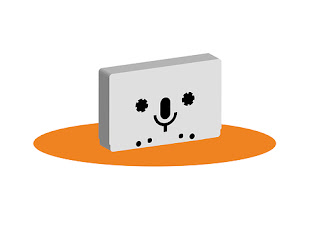Opioid Treatment for Opioid Withdrawal in Neonates
Zankl A, Martin J, Davey JG, Osborn DA. Opioid treatment for opioid withdrawal in neonates. Cochrane Database of Systematic Reviews 2021, No. 7. Art. No.: CD002059. doi: 10.1002 /14651858.CD002059.pub4. Accessed July 31, 2021.
Commentary
This study was designed to evaluate the efficacy and safety of using opioids to treat NAS due to withdrawal from opioids in neonates.
The main outcome of the review included 16 studies (1110 infants) with NAS secondary to maternal opioid use during pregnancy, and seven studies with low risk of bias were included in the sensitivity analysis.
A single trial (80 infants) of opioids vs. no treatment/ usual care: morphine and supportive care vs. supportive care only reported no difference in treatment failure and no infants had seizures.
There was no difference in treatment failure between morphine and methadone, and no seizures, neonatal or infant mortality, or neurodevelopmental disorders were reported.
There was no difference in treatment failure between morphine and sublingual buprenorphine, and no neonatal or infant mortality or neurodevelopmental impairment was reported.
A single study (33 infants) of morphine and diluted tincture of opium (DTO) reported no difference in hospital stays, treatment days, or weight gain.
A single study of opioids versus clonidine (31 infants) reported no infants who failed treatment in either group, but no seizures, neonatal or infant mortality, or neurodevelopmental disorders.
In controlled trials of opioids versus diazepam, there has been a reduction in treatment failures with opioid use, but no seizures, neonatal or infant mortality, or neurodevelopmental disorders have been reported.
A single study of 34 infants comparing methadone to diazepam reported no difference in hospital or treatment days, and no adverse events were reported.
In a controlled comparison of opioids versus phenobarbital, there was a reduction in treatment failures with the use of opioids, and in a subgroup analysis, there was a reduction in treatment failures in trials titrating morphine to 0.5 mg/kg/day or higher. However, the one study that used morphine was <0.5 mg / kg / day. day reported no difference compared to the use of phenobarbital.
No neonatal or infant mortality or neurodevelopmental disorders were reported.
In a controlled comparison of opioids versus chlorpromazine, there was a reduction in treatment failure with the use of morphine versus chlorpromazine, and no seizures were reported in either group. There was less certainty evidence that there was no difference in the number of treatment days.
None of the included studies reported time to control of NAS; data on the duration and severity of NAS are limited and these data could not be used for quantitative synthesis.
The authors conclude that
Compared to supportive care alone, the addition of opioids may increase the duration of hospitalization and treatment, but may decrease the number of days to regain birth weight and the duration of daily supportive care. The use of opioids may reduce treatment failure compared to phenobarbital, diazepam, or chlorpromazine. The use of opioids may have little or no effect on the duration of hospitalization or treatment compared to the use of phenobarbital, diazepam, or chlorpromazine. The type of opioid used may have little or no effect on the rate of treatment failure. The use of buprenorphine probably reduces the duration of hospitalization and treatment compared to morphine, but there are no data on the time to control NAS with buprenorphine and there is not enough evidence to determine its safety. There is not enough evidence to determine the efficacy and safety of clonidine.





